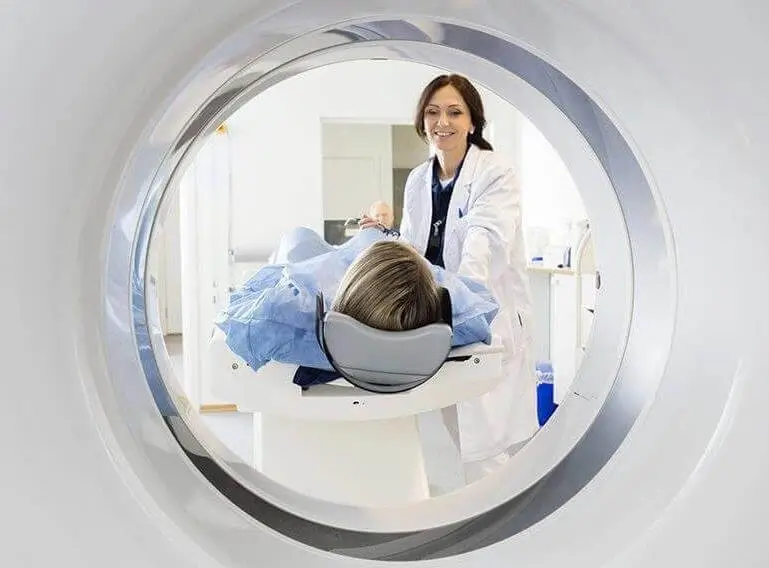MRI is safe with VNS Therapy®
With the latest VNS Therapy® technology, MRI is now more accessible than ever provided specific guidelines are followed.


MRI can be safely performed with the VNS Therapy™ system provided specific guidelines are followed.
Speak to your doctor about which areas of the body can be safely scanned. MRI scan requirements are different depending on your VNS Therapy generator model and the implant location.
Follow these steps before, during and after an MRI with VNS Therapy
-
Before scheduling your MRI
- Contact your neurologist to discuss your upcoming MRI
-
Schedule your MRI appointment
- When you call to make an appointment for an MRI, inform the MRI center that you have a VNS Therapy™ device implanted.
- Provide the model number of your implanted VNS Therapy device, as well as the name and contact information of your neurologist. This information can be found on the Patient MRI Form which will be provided by your neurologist.
-
Before your MRI
- Your neurologist will temporarily turn your VNS Therapy device OFF and give you a copy of the Patient MRI Form to take to the MRI center.
-
Attend your MRI appointment
- Remember to bring your Patient MRI Form.
- Inform the radiologist and MRI technicians of your implanted VNS Therapy® device and your seizure disorder.
- Do not bring your patient magnet into the MRI scanner room.
- If you feel any discomfort during the MRI, immediately notify the MRI technician.
-
After your MRI
- Make an appointment with your neurologist to turn your VNS Therapy device back on.
Frequently Asked Questions
MRI Safety
Can I have an MRI with VNS Therapy?
MRI can be safely performed provided with the VNS Therapy System provided specific guidelines are followed. Speak to your doctor about which areas of the body can be safely scanned. MRI scan requirements are different depending on your VNS Therapy generator model and the implant location. You can find more MRI safety information here.
If you have VNS Therapy device model 102, 102R, 103 or 104, MRI scan requirements are different. Speak to your doctor about which areas of your body can be safely scanned.
Do I need to go to a special MRI center to get an MRI?
No. If you have the VNS Therapy® System you may have an MRI safely performed at any MRI center that has a 1.5T or 3T MRI machine and can follow the MRI guidelines.
Should I keep my magnet with my during an MRI?
No. Do not bring your magnet in the room with the MRI scanner.
What if I have a seizure during an MRI?
If you were to have a seizure during an MRI, medical personnel would follow protocol and stop the MRI immediately to apply standard first aid measures. Because of this possibility, it is very important that you let the technicians and nurses know that you have a seizure disorder prior to the MRI.
What parts of the body can I get scanned during an MRI?
Depending on the model and placement of your implanted VNS Therapy® System, MRI of the head, neck, pelvis, lower spine, legs, arms and other extremities can be safely performed with VNS Therapy® System. Consult with the doctor who manages your VNS Therapy® System prior to receiving an MRI. Your doctor will determine which areas of your body can be safely scanned.

If you have VNS Therapy device model 102, 102R, 103 or 104, MRI scan requirements are different. Speak to your doctor about which areas of your body can be safely scanned.
Have more questions about MRI and VNS Therapy™?
Our Customer Quality team is available to answer your questions.
Share your contact information or call us
Have questions about VNS Therapy?
Find answers to your VNS Therapy™ questions
Browse our comprehensive list of FAQs covering topics such as product safety, device usage, battery life, magnet and more.
VNS Therapy® MRI Safety Profile
The most common side effects of VNS Therapy™ include:
Hoarseness
Shortness of breath
Sore throat
Coughing
These side effects generally only occur during stimulation and usually decrease over time.
Infection is the most common side effect of the procedure.
You can find more safety information here and MRI safety here.